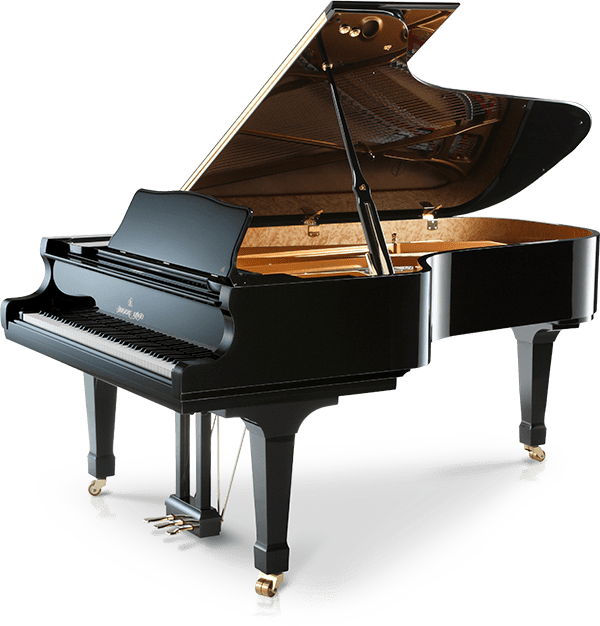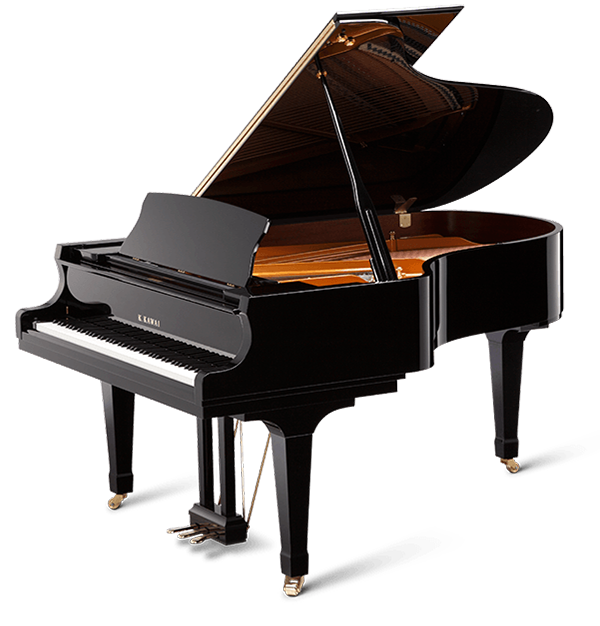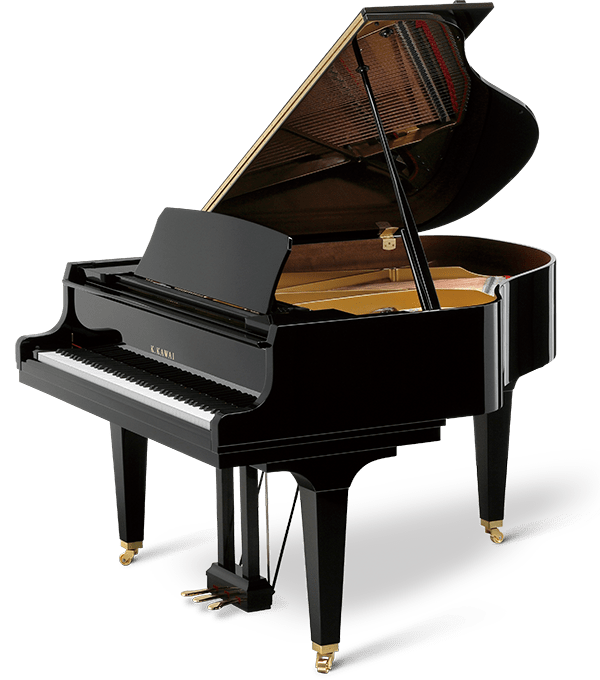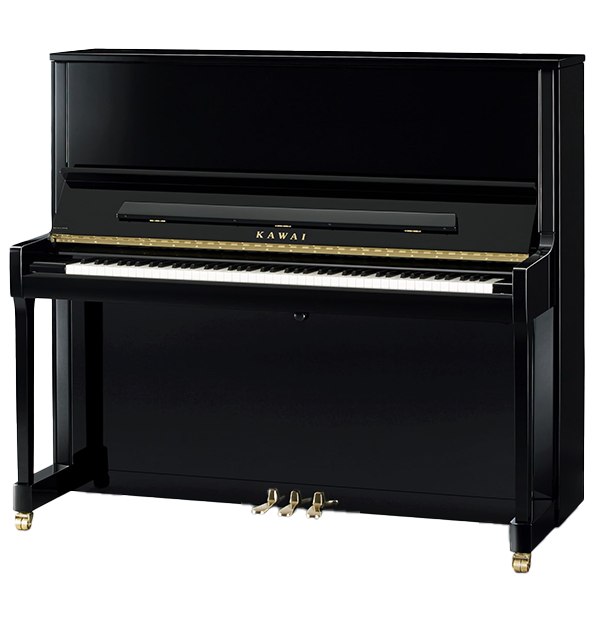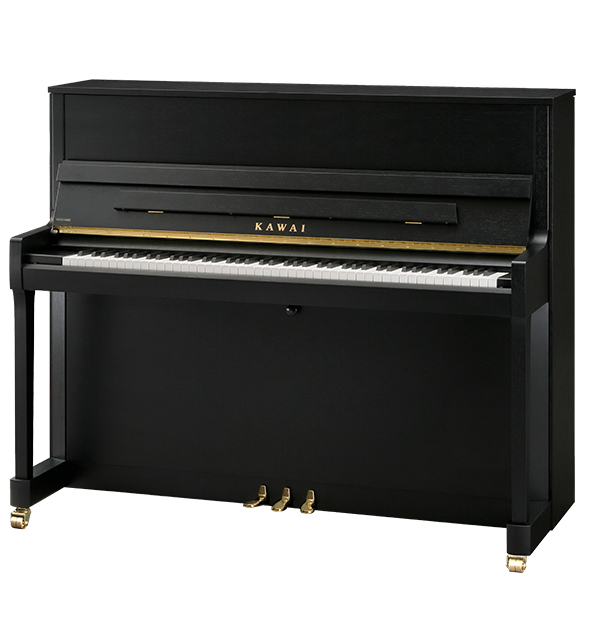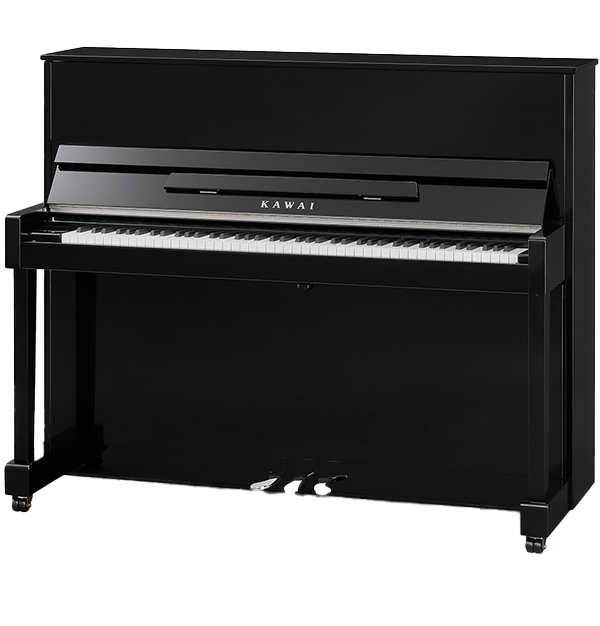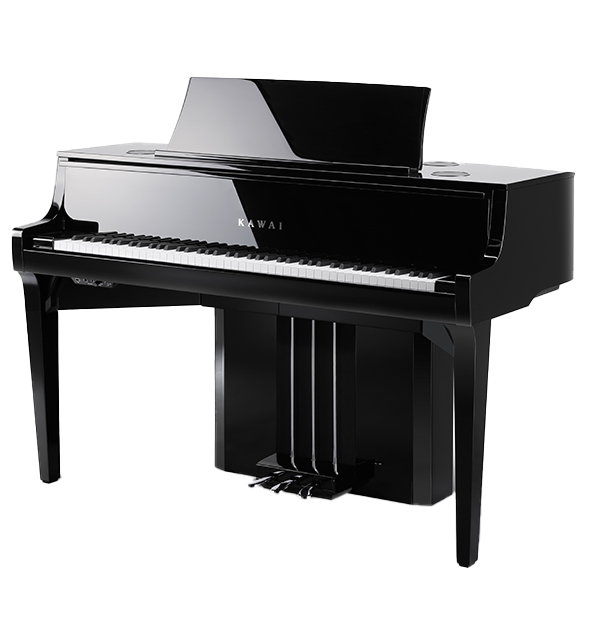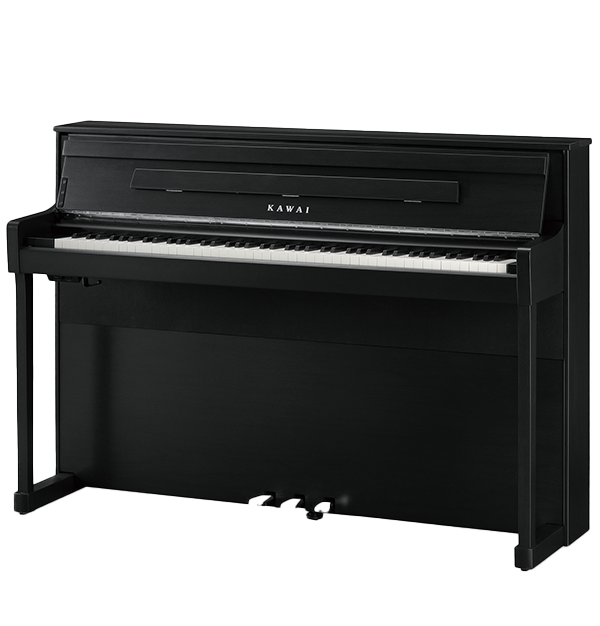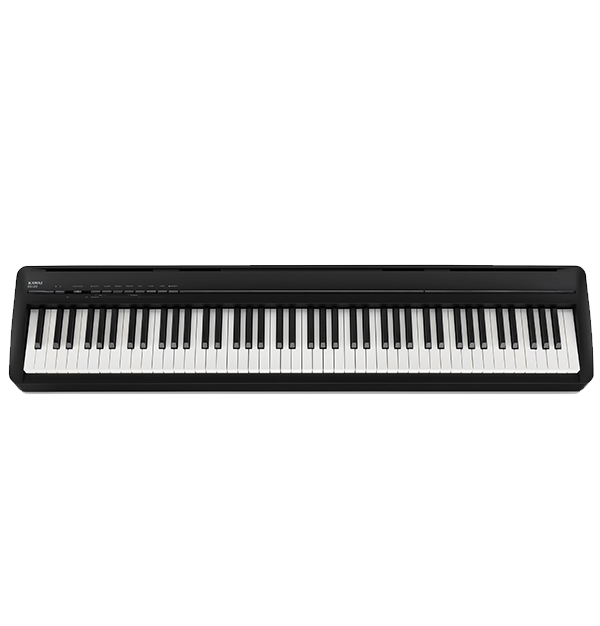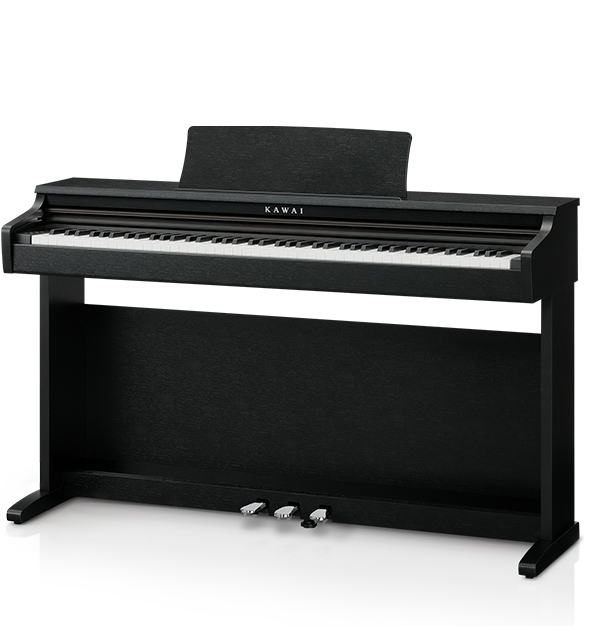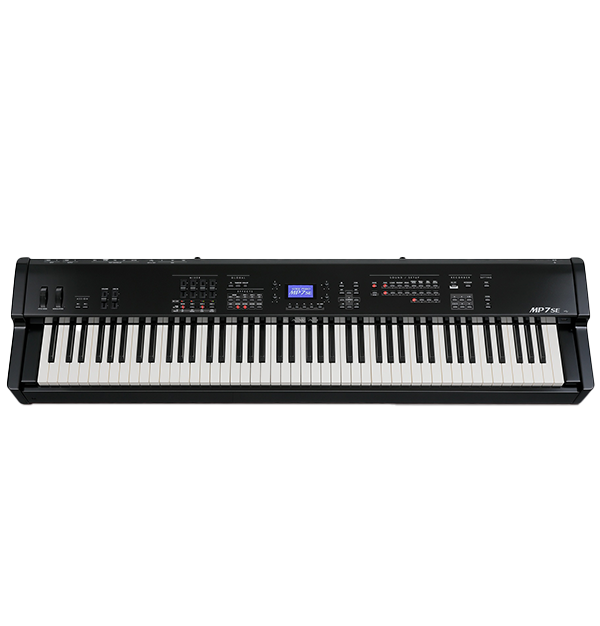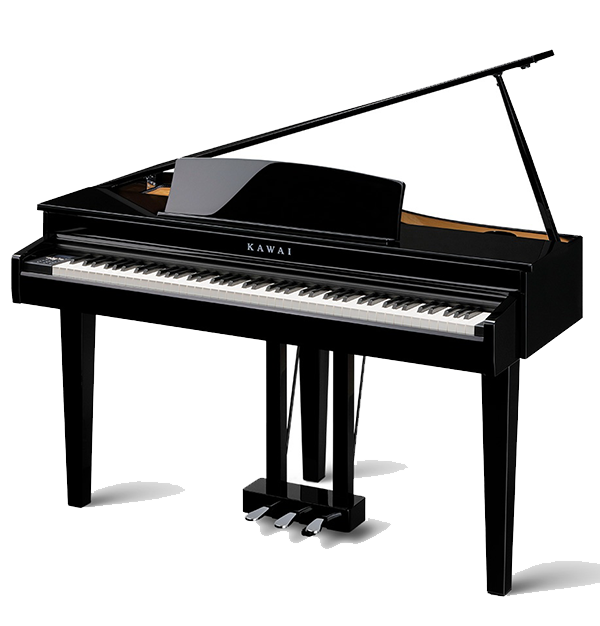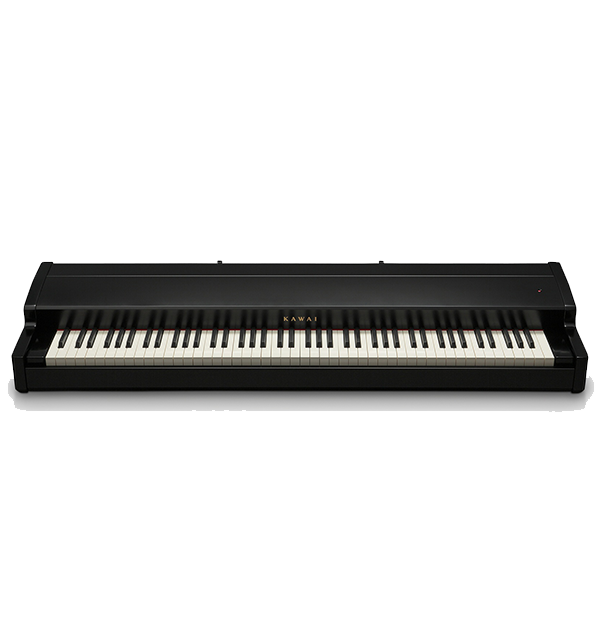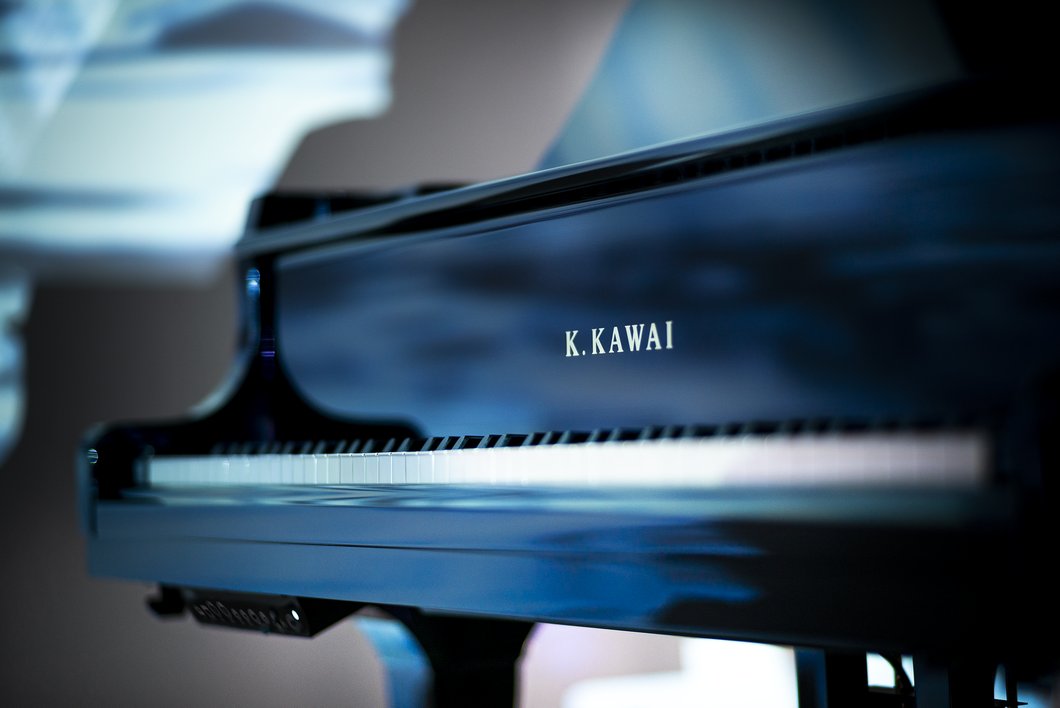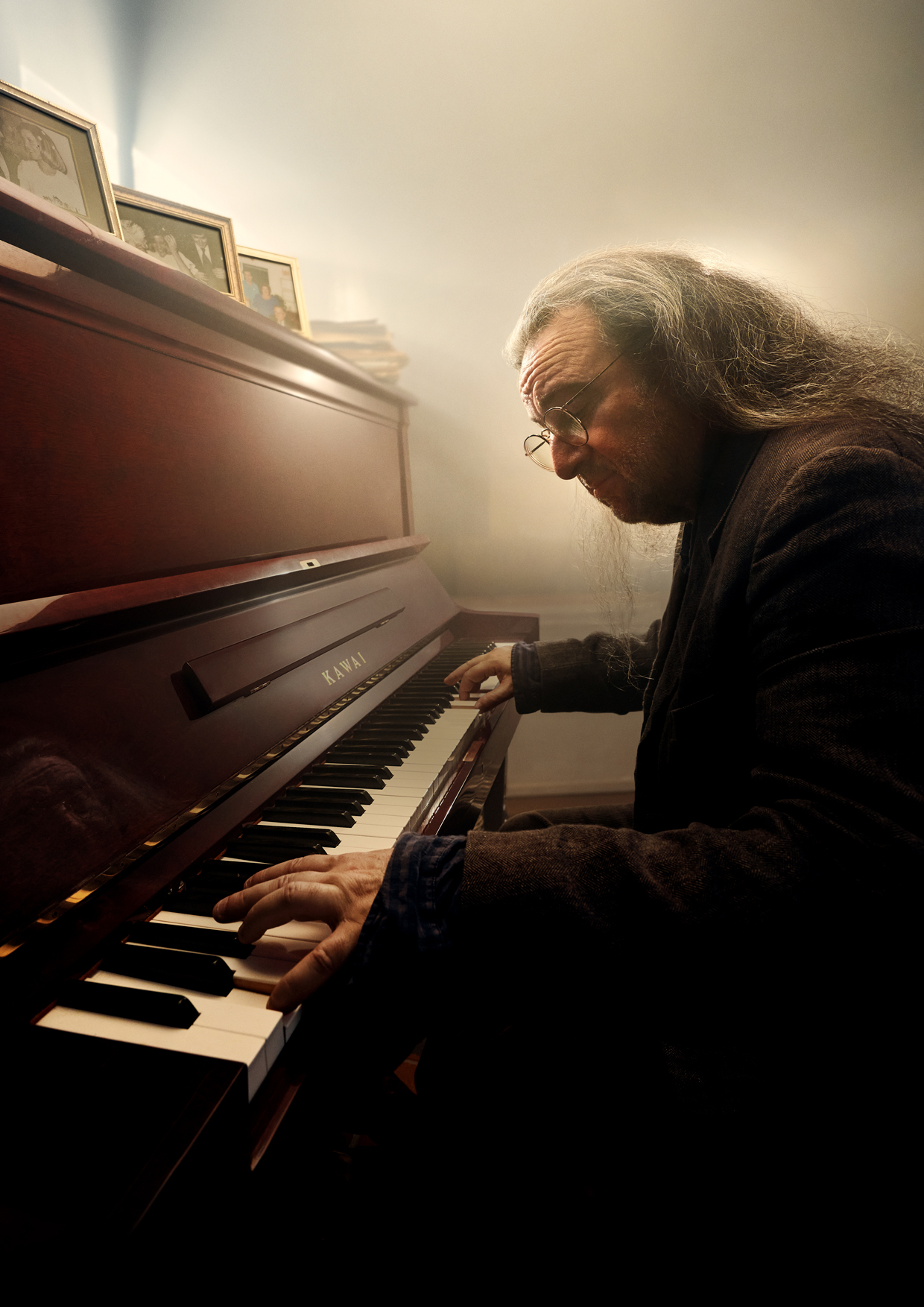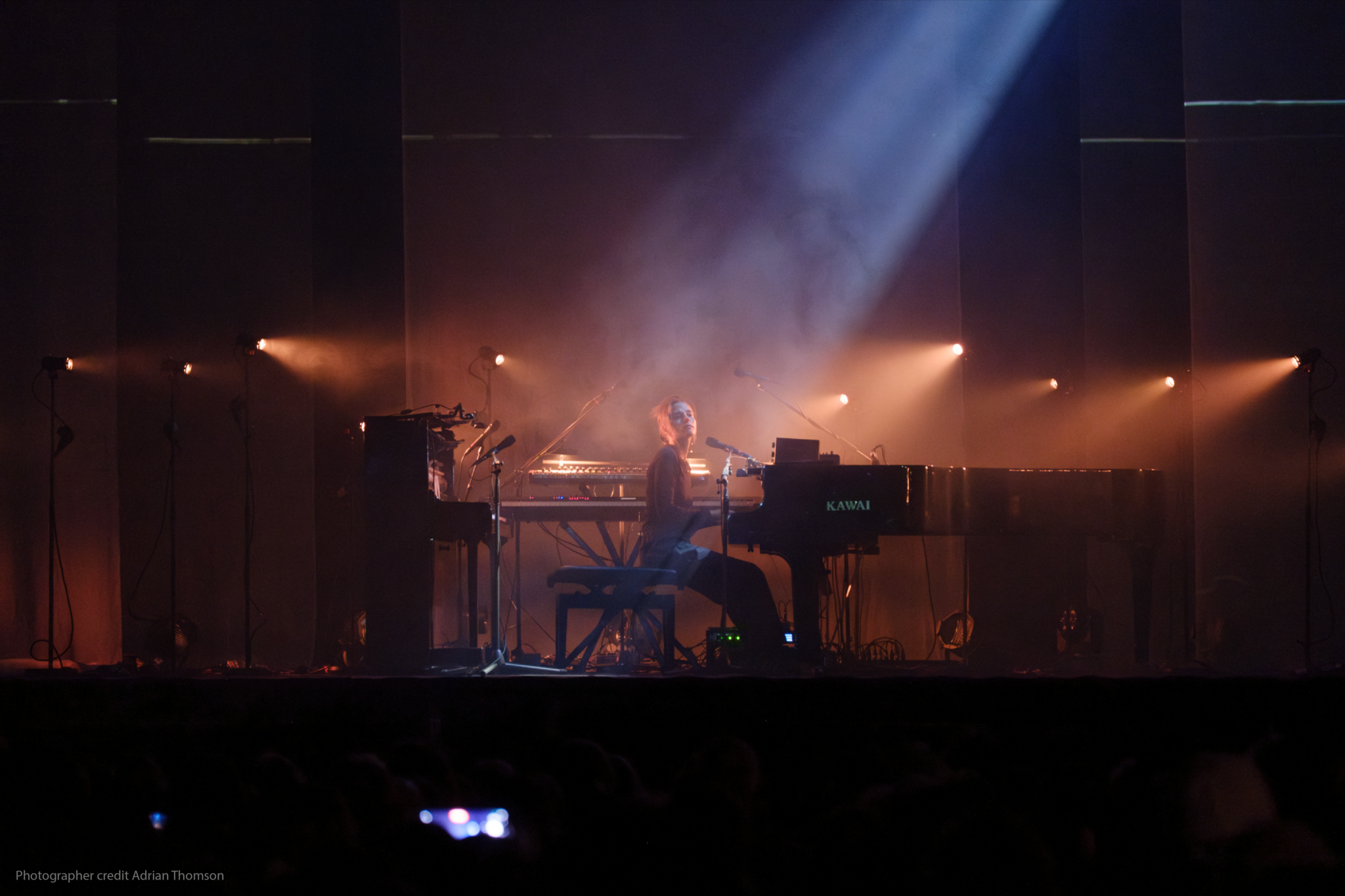One challenge we face every day is the misrepresentation of the “plastic” parts in the Millennium III action. It’s an easy target for unscrupulous tuners and retailers to point at their own wooden action components and say “look, this is how it’s been done for hundreds of years – this is the correct way,” and from there it’s a short hop to “Kawai uses cheap plastic parts.” We hear it over and over, and it’s just not the case.

The truth is that fitting our factories out to produce these highly specialised parts cost us a fortune, and have changed, and continue to change, the piano industry. Far from being cheap plastic, Millennium III uses a proprietary textile that combines acrylonitrile butadiene styrene with carbon fibre – what we call ABS Carbon, a material that is lighter, orders of magnitude stronger, more precisely machined, and vastly less susceptible to changes in temperature and humidity than timber. As a structural element, there’s no question that ABS Carbon is the superior material – as evidenced by similar “plastic” parts now commonly found in our competitors’ actions. And in high performance sporting equipment. And defence technologies. And throughout the medical devices industry, and in aeronautics, and so on, and so on.

In fact, in a series of tests run by the Industrial and Manufacturing Engineering Department at the California State Polytechnic University in 1998, our jack was found to take 40kg of pressure to break; traditional timber jacks would break at 16kg. Our flanges absorbed 108% less moisture than timber flanges; dimensional tolerances were 40% higher, and more – and that was before we began infusing carbon to shore up those strengths even further.

It’s a subtle point, but one worth pointing out: we use ABS Carbon as a structural textile – not a musical one. Adventures in using carbon for the “speaking” parts of the piano (like the soundboard or the hammer shanks) have been uninspiring, mostly because timber has unique properties that affect the transmission of sound. We tried. It didn’t work. That’s why we still use mahogany and spruce and maple to bring a piano’s voice to life, and carbon where the goal is strength, or power, or precision.

What are the benefits of using ABS-Carbon in our piano actions?
Durability: The ABS Carbon Fibre components of the action are far more durable than conventional wooden parts, and over 50% stronger. This results in lower maintenance and less parts replacement.
Control: With ABS Carbon Fibre integrated into our Millennium III Action, the pianist now has superior control, making it easier to maintain control for pianissimo playing.
Speed: The lightweight ABS Carbon Fibre makes the action responsiveness roughly 25% faster compared to traditional all wooden alternatives.
Power: ABS Carbon Fibre components are over 40% more tolerant to dimensional force/pressure. This increased strength allows the player to assure more power with less effort, making it easier to play.
Remember, a piano sings by converting the kinetic energy of a player’s downward fingers into the sound energy of strings vibrating in the air. Millennium III enhances this process by providing the player with more control, more speed, and more power with less effort at the point of contact with the key, without affecting all the harmonic richness and complexity that characterise a piano’s voice. That Millennium III requires less maintenance than a traditional, all-wooden action, is a happy side effect.
We’re very proud of Millennium III. Bringing it to market was a seriously risky venture, but the results speak – or sing – for themselves. And if somebody tries to tell you that it’s just cheap plastic, hear them out, smile politely – and then trust your fingers and your ears. We’re confident that you’ll love what you find.
